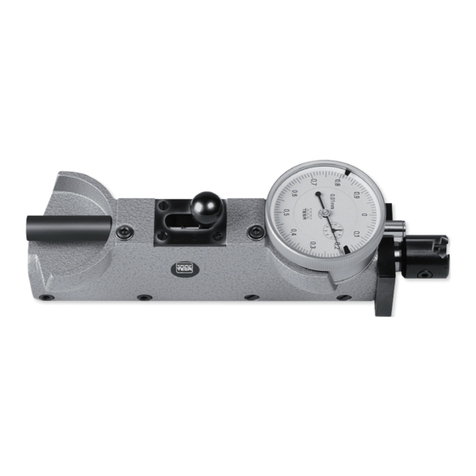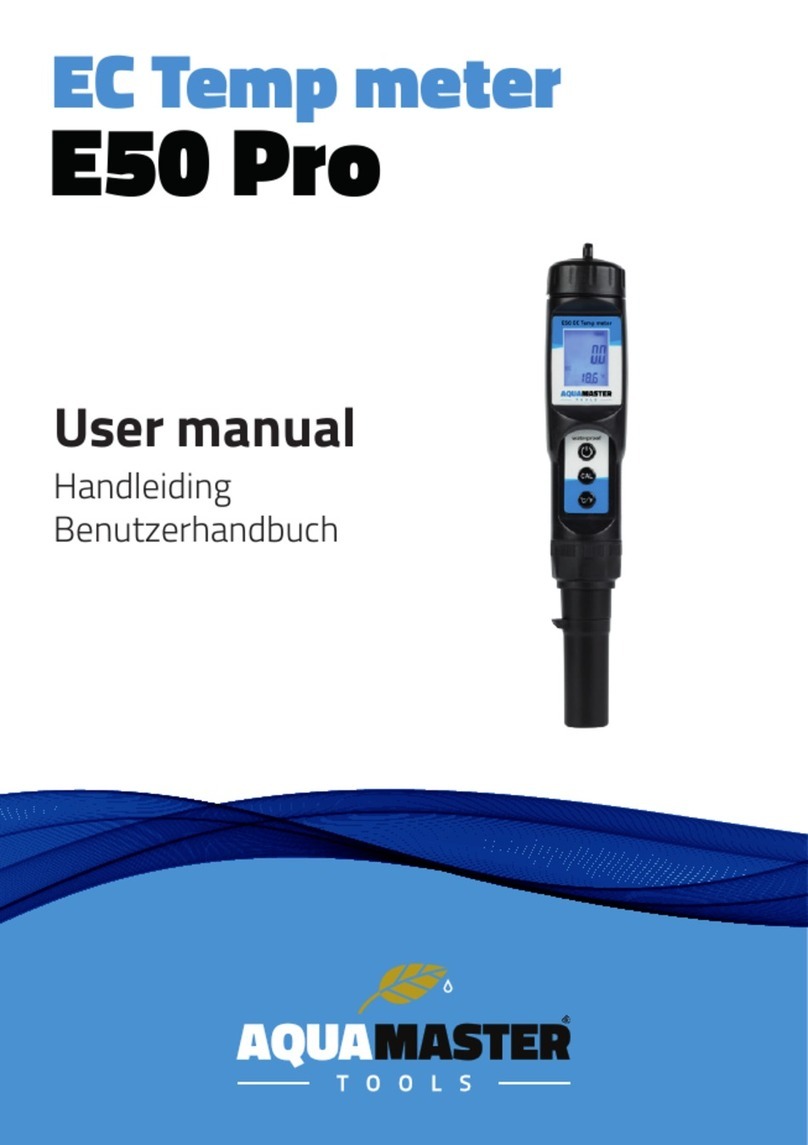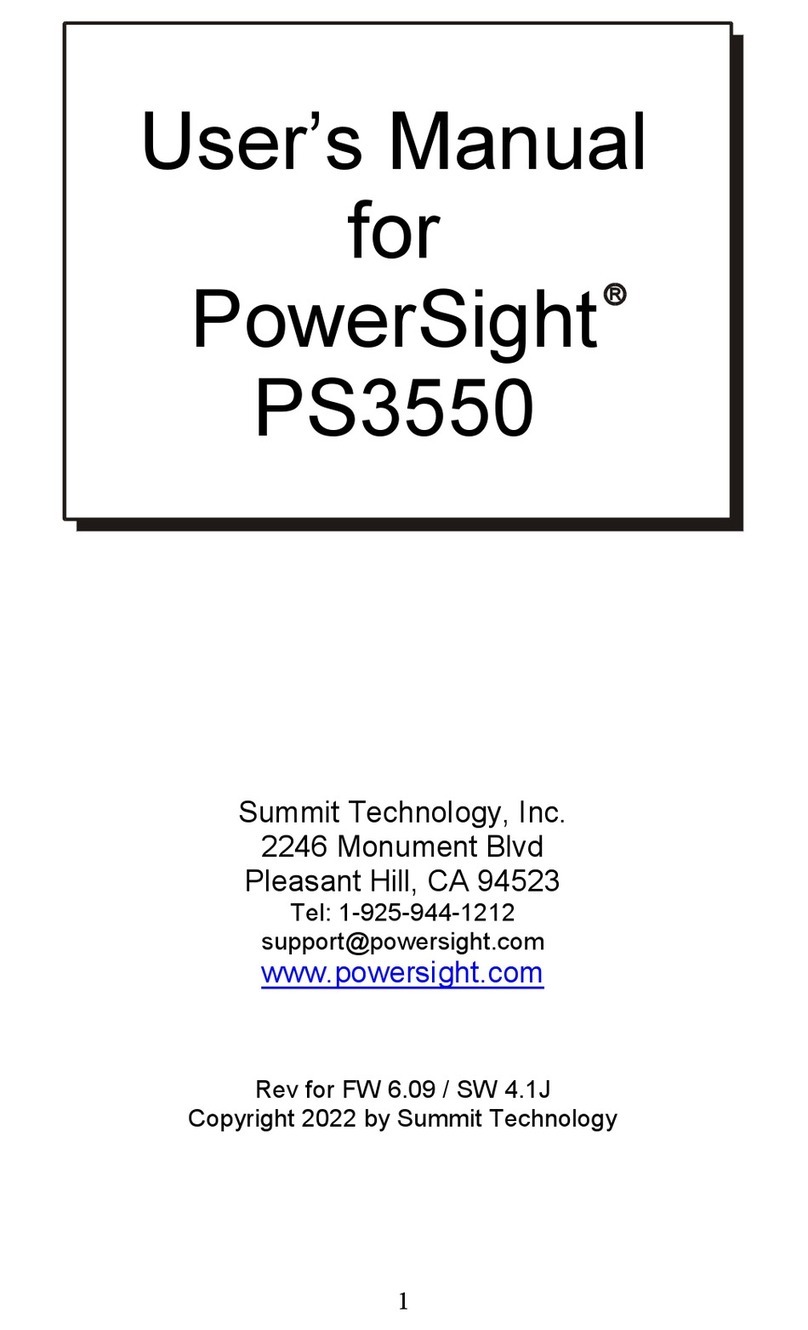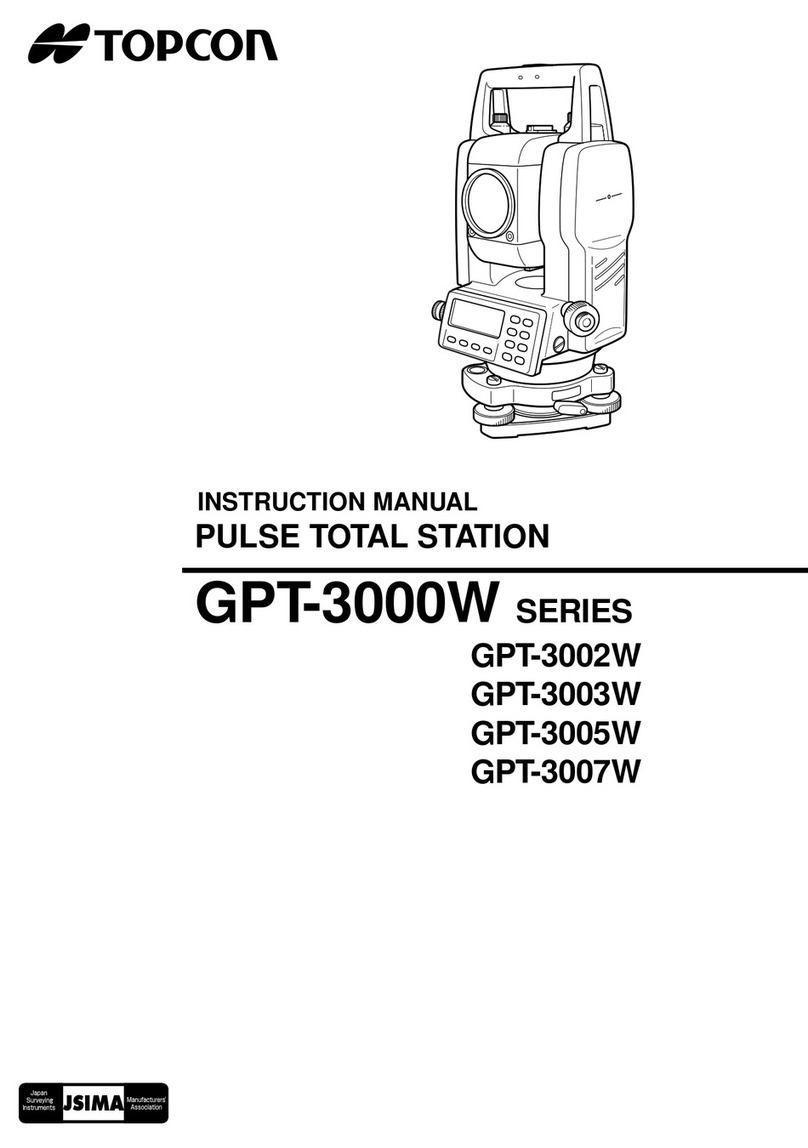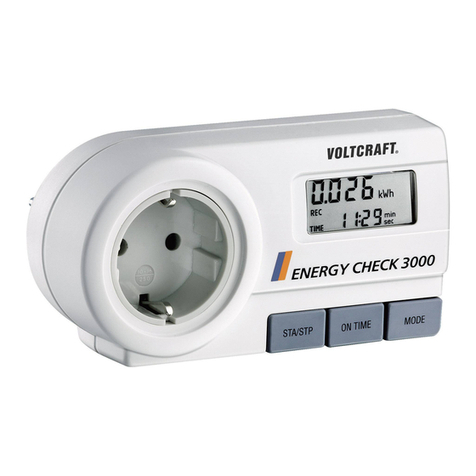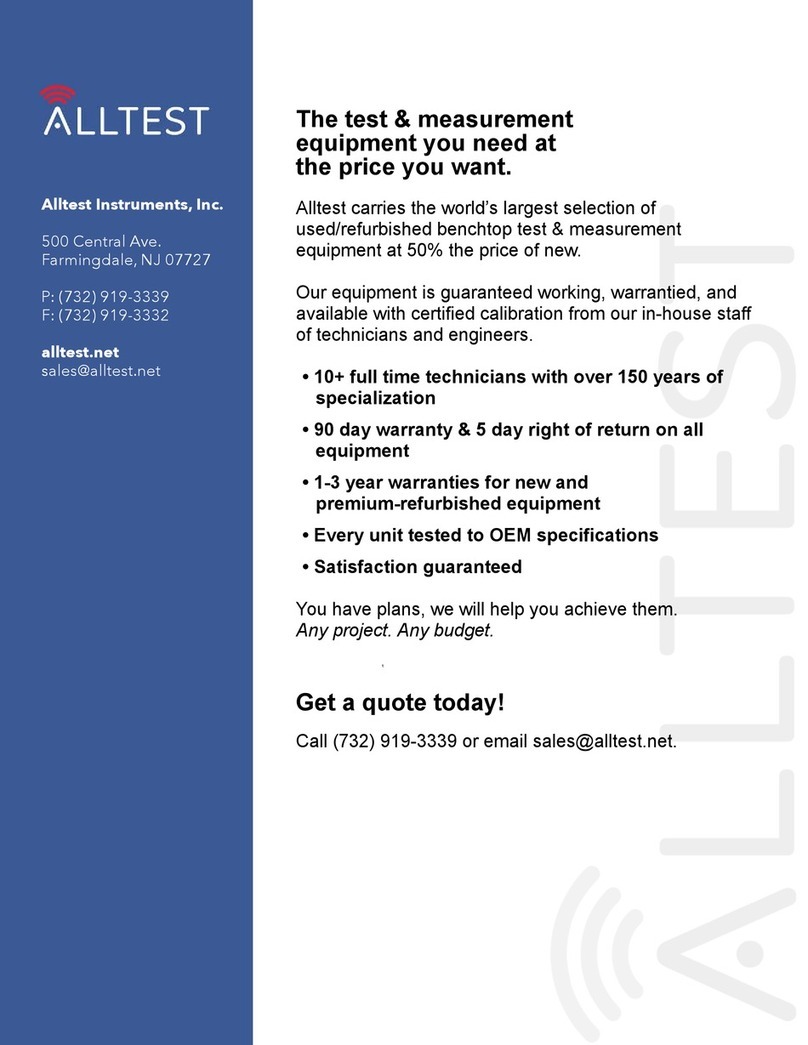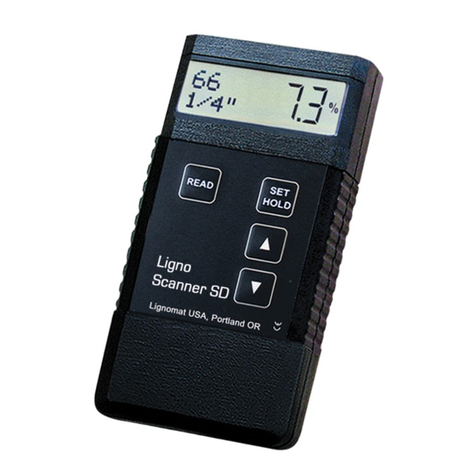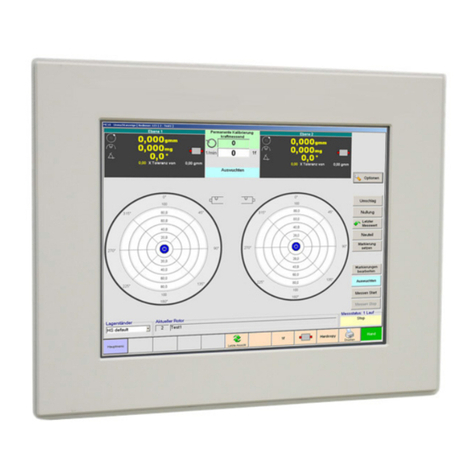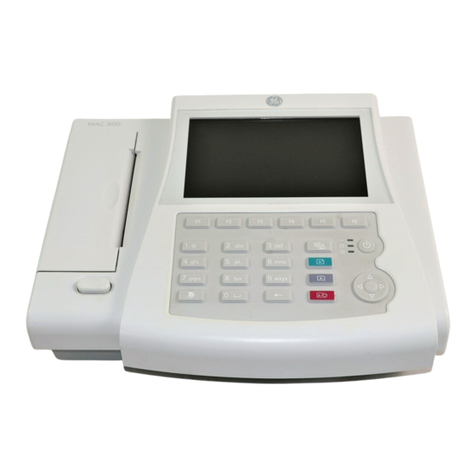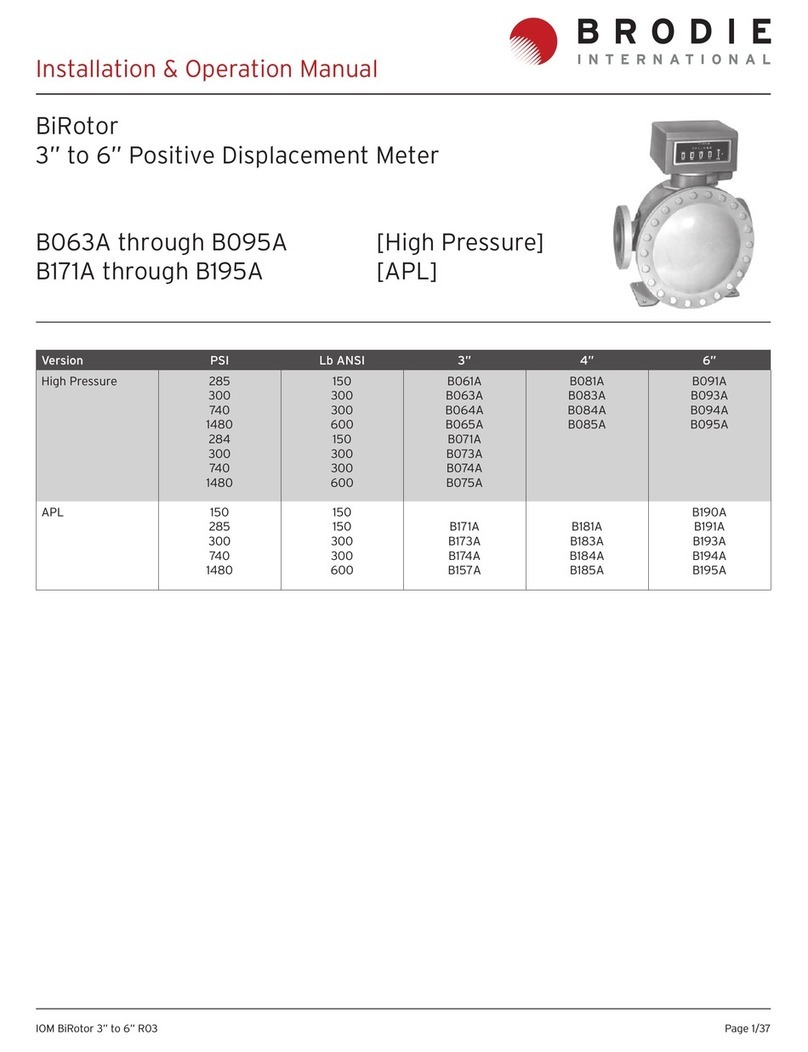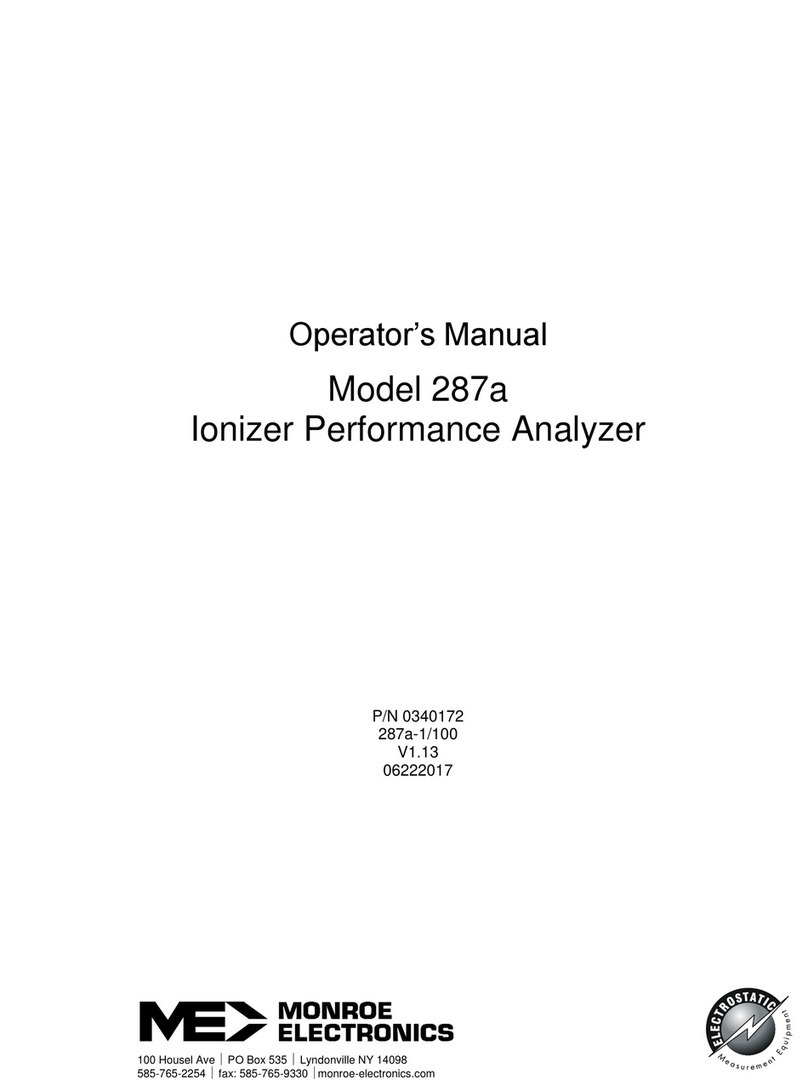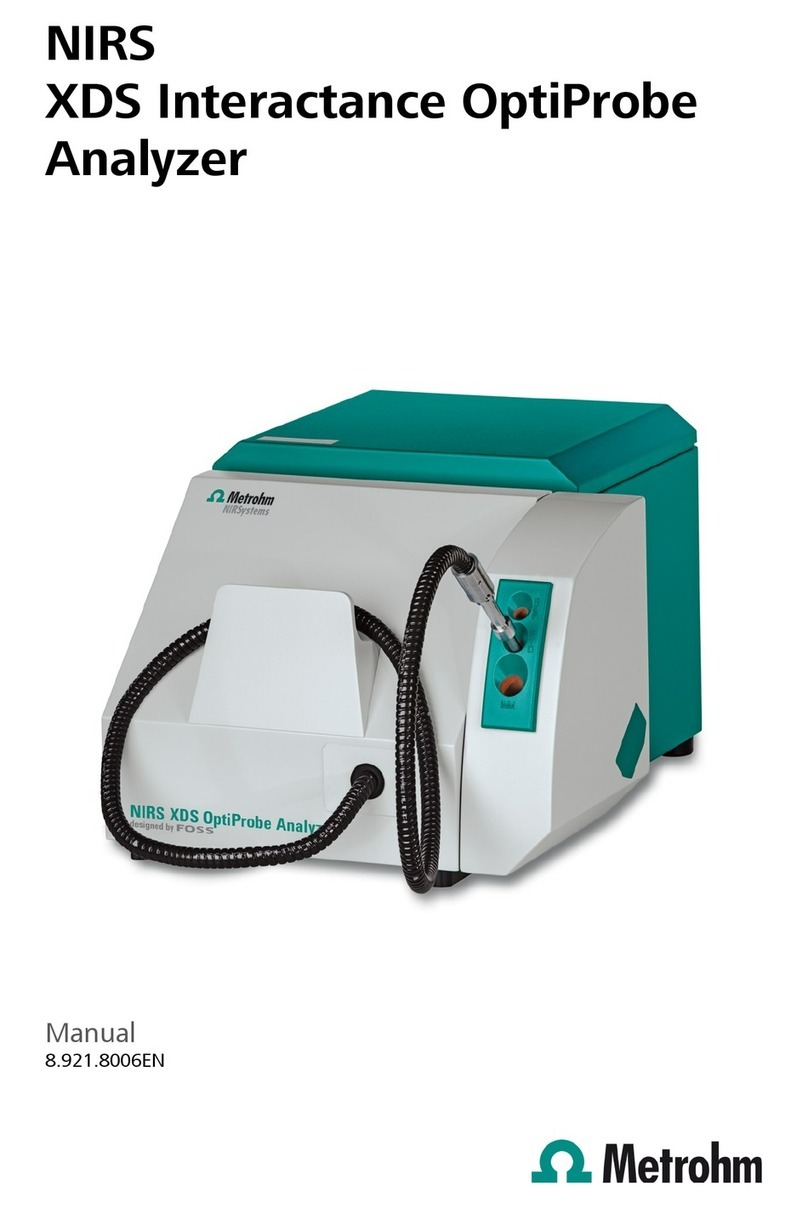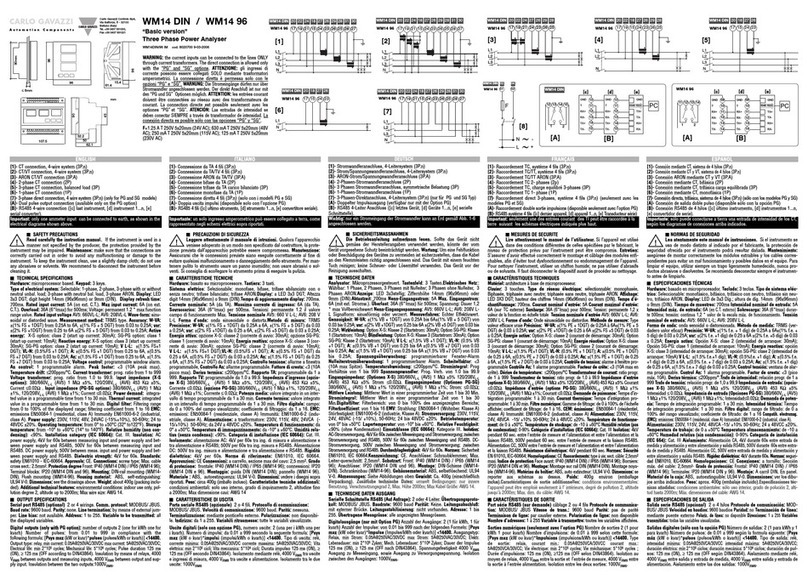Hexagon Leica Nova TS60 User manual

Leica TS60/MS60/TM60
User Manual
Version 4.0
English

Introduction
Congratulations on the purchase of the Leica TS60/MS60/TM60.
This manual contains important safety directions as well as instructions for
setting up the product and operating it. Refer to 1 Safety Directions for fur-
ther information.
Read carefully through the User Manual before you switch on the product.
The content of this document is subject to change without prior notice. Ensure
that the product is used in accordance with the latest version of this docu-
ment.
Updated versions are available for download at the following Internet address:
https://myworld.leica-geosystems.com > myDownloads.
The model and serial number of your product are indicated on the type plate.
Always refer to this information when you need to contact your agency or
Leica Geosystems authorised service centre.
•Windows® is a registered trademark of Microsoft Corporation in the
United States and other countries
•Bluetooth® is a registered trademark of Bluetooth SIG, Inc.
•SD Logo is a trademark of SD-3C, LLC.
All other trademarks are the property of their respective owners.
This manual applies to all TS60/MS60/TM60 instruments. Where there are dif-
ferences between the various models they are clearly described.
Name Description/Format
MS60/TS60/TM60
Quick Guide
Provides an overview of the product
together with technical data and
safety directions. Intended as a
quick reference guide.
ü ü
MS60/TS60/TM60
User Manual
All instructions required in order to
operate the product to a basic level
are contained in the User Manual.
Provides an overview of the product
together with technical data and
safety directions.
-ü
Name Description/Format
Captivate
Technical Reference
Manual
Overall comprehensive guide to the
product and application functions.
Included are detailed descriptions of
special software/hardware settings
and software/hardware functions
intended for technical specialists.
-ü
Purchase
☞
Product identication
Trademarks
Validity of this
manual
Available
documentation
2

Refer to the following resources for all MS60/TS60/TM60 documenta-
tion/software:
•the Leica USB documentation card
•https://myworld.leica-geosystems.com
Video tutorials are available on:
http://www.leica-geosystems.com/captivate-howto
On the last page of this manual, you can nd the address of Leica Geosystems
headquarters. For a list of regional contacts, please visit
http://leica-geosystems.com/contact-us/sales_support.
myWorld@Leica Geosystems (https://myworld.leica-geosystems.com)
offers a wide range of services, information and training material.
With direct access to myWorld, you are able to access all relevant services
whenever it is convenient for you.
Service Description
myProducts Add all products that you and your company own
and explore your world of Leica Geosystems: View
detailed information on your products and update
your products with the latest software and keep up-
to-date with the latest documentation.
myService View the current service status and full service his-
tory of your products in Leica Geosystems service
centres. Access detailed information on the services
performed and download your latest calibration cer-
ticates and service reports.
mySupport Create new support requests for your products that
will be answered by your local Leica Geosystems
Support Team. View the complete history of your
support requests and view detailed information on
each request in case you want to refer to previous
support requests.
myLearning Welcome to the home of Leica Geosystems online
learning! There are numerous online courses – avail-
able to all customers with products that have valid
CCPs (Customer Care Packages).
myTrustedServices Add your subscriptions and manage users for Leica
Geosystems Trusted Services, the secure software
services, that assist you to optimise your workow
and increase your efciency.
mySmartNet HxGN SmartNet is the GNSS correction service built
on the world’s largest reference station network,
enabling GNSS-capable devices to quickly determine
precise positions in the range of one to two centi-
metre accuracy. The service is provided 24/7 by a
highly-available infrastructure and professional sup-
port team with more than 10 years of experience
reliably delivering the service.
Leica Geosystems
address book
3

Service Description
myDownloads Downloads of software, manuals, tools, training
material and news for Leica Geosystems products.
4

Table of Contents
1 Safety Directions 7
1.1 General Introduction 7
1.2 Denition of Use 8
1.3 Limits of Use 8
1.4 Responsibilities 8
1.5 Hazards of Use 9
1.6 Laser Classication 12
1.6.1 General 12
1.6.2 Distancer, Measurements with Reectors 13
1.6.3 Distancer, Measurements without Reectors 13
1.6.4 Red Laser Pointer 15
1.6.5 Autofocus Capability of Telescope Camera 17
1.6.6 Automatic Target Aiming (ATRplus) 18
1.6.7 PowerSearch (PS) 19
1.6.8 Electronic Guide Light (EGL) 20
1.6.9 Laser Plummet 20
1.6.10 AutoHeight Laser Plummet 21
1.7 Electromagnetic Compatibility (EMC) 22
1.8 FCC Statement, Applicable in U.S. 24
1.9 ISED Statements (EN/FR), Applicable in Canada 26
2 Description of the System 27
2.1 System Components 27
2.2 System Concept 29
2.2.1 Software Concept 29
2.2.2 Power Concept 30
2.2.3 Data Storage Concept 31
2.3 Container Contents 32
2.4 Instrument Components 35
3 User Interface 37
3.1 Keyboard 37
3.2 Operating Principles 38
3.3 Autofocus Capability of Telescope Camera 39
4 Operation 40
4.1 Setting Up the TS Instrument 40
4.2 Setting Up SmartStation 41
4.3 Setting Up SmartPole 42
4.4 Setting up for Remote Control (with the RadioHandle) 42
4.5 Setting up for Remote Control (with the TCPS29) 42
4.6 Fixing the Field Controller to a Holder and Pole 43
4.7 Fixing the CS35 Tablet to a Holder and Pole 45
4.8 Connecting to a Personal Computer 46
4.9 Power Functions 49
4.10 Batteries 50
4.10.1 Operating Principles 50
4.10.2 Battery for the TS Instrument 50
4.11 Working with the Memory Device 51
4.12 LED Indicators 52
4.13 Guidelines for Correct Results 53
5 Check & Adjust 55
5.1 Overview 55
5.2 Preparation 56
Table of Contents 5

5.3 Combined Adjustment (l, t, i, c, ATRplus and Telescope Camera) 57
5.4 Tilting Axis Adjustment (a) 59
5.5 Adjusting the Circular Level of the Instrument and Tribrach 61
5.6 Adjusting the Circular Level of the Prism Pole 62
5.7 Inspecting the Laser Plummet of the Instrument 62
5.8 Servicing the Tripod 63
6 Care and Transport 64
6.1 Transport 64
6.2 Storage 64
6.3 Cleaning and Drying 65
6.4 Maintenance 65
7 Technical Data 66
7.1 Angle Measurement 66
7.2 Distance Measurement with Reectors 66
7.3 Distance Measurement without Reectors 68
7.4 Distance Measurement - Long Range (LO mode) 69
7.5 Automatic Target Aiming (ATRplus) 70
7.6 Scanning 72
7.7 PowerSearch (PS) 73
7.8 LOC8 Theft Deterrence and Location Device (optional) 74
7.9 Overview Camera 74
7.10 Telescope Camera 74
7.11 SmartStation 75
7.11.1 SmartStation Accuracy 75
7.11.2 SmartStation Dimensions 76
7.12 Conformity to National Regulations 76
7.12.1 TS60/MS60/TM60 76
7.12.2 RadioHandle 77
7.12.3 LOC8 Theft Deterrence and Location Device (optional) 78
7.12.4 Dangerous Goods Regulations 79
7.13 General Technical Data of the Product 79
7.14 Scale Correction 86
7.15 Reduction Formulas 89
8 Software Licence Agreement/Warranty 92
6 Table of Contents

1 Safety Directions
1.1 General Introduction
The following directions enable the person responsible for the product, and
the person who actually uses the equipment, to anticipate and avoid opera-
tional hazards.
The person responsible for the product must ensure that all users understand
these directions and adhere to them.
Warning messages are an essential part of the safety concept of the instru-
ment. They appear wherever hazards or hazardous situations can occur.
Warning messages...
•make the user alert about direct and indirect hazards concerning the use
of the product.
•contain general rules of behaviour.
For the users‘ safety, all safety instructions and safety messages shall be
strictly observed and followed! Therefore, the manual must always be available
to all persons performing any tasks described here.
DANGER, WARNING, CAUTION and NOTICE are standardised signal words for
identifying levels of hazards and risks related to personal injury and property
damage. For your safety, it is important to read and fully understand the fol-
lowing table with the different signal words and their denitions! Supplement-
ary safety information symbols may be placed within a warning message as
well as supplementary text.
Type Description
DANGER Indicates an imminently hazardous situation
which, if not avoided, will result in death or
serious injury.
WARNING Indicates a potentially hazardous situation or
an unintended use which, if not avoided,
could result in death or serious injury.
CAUTION Indicates a potentially hazardous situation or
an unintended use which, if not avoided,
may result in minor or moderate injury.
NOTICE
Indicates a potentially hazardous situation or
an unintended use which, if not avoided,
may result in appreciable material, nancial
and environmental damage.
☞Important paragraphs which must be
adhered to in practice as they enable the
product to be used in a technically correct
and efcient manner.
Description
About warning
messages
Safety Directions 7

1.2 Denition of Use
•Measuring horizontal and vertical angles
•Measuring distances
•Recording measurements
•Capturing and recording images
•Automatic target search, recognition and tracking
•Visualising the aiming direction and vertical axis
•Remote control of product
•Data communication with external appliances
•Measuring raw data and computing coordinates using carrier phase and
code signal from GNSS satellites (GNSS systems)
•Recording GNSS and point related data
•Computing with software
•Use of the product without instruction
•Use outside of the intended use and limits
•Disabling safety systems
•Removal of hazard notices
•Opening the product using tools, for example screwdriver, unless this is
permitted for certain functions
•Modication or conversion of the product
•Use after misappropriation
•Use of products with recognisable damage or defects
•Use with accessories from other manufacturers without the prior explicit
approval of Leica Geosystems
•Inadequate safeguards at the working site
•Aiming directly into the sun
1.3 Limits of Use
Suitable for use in an atmosphere appropriate for permanent human habita-
tion. Not suitable for use in aggressive or explosive environments.
WARNING
Working in hazardous areas, or close to electrical installations or sim-
ilar situations
Life Risk.
Precautions:
▶Local safety authorities and safety experts must be contacted by the per-
son responsible for the product before working in such conditions.
1.4 Responsibilities
Leica Geosystems AG, CH-9435 Heerbrugg, hereinafter referred to as Leica
Geosystems, is responsible for supplying the product, including the User
Manual and original accessories, in a safe condition.
Intended use
Reasonably
foreseeable misuse
Environment
Manufacturer of the
product
8 Safety Directions

The person responsible for the product has the following duties:
•To understand the safety instructions on the product and the instructions
in the User Manual
•To ensure that it is used in accordance with the instructions
•To be familiar with local regulations relating to safety and accident pre-
vention
•To inform Leica Geosystems immediately if the product and the applica-
tion become unsafe
•To ensure that the national laws, regulations and conditions for the oper-
ation of the product are respected
1.5 Hazards of Use
NOTICE
Dropping, misusing, modifying, storing the product for long periods or
transporting the product
Watch out for erroneous measurement results.
Precautions:
▶Periodically carry out test measurements and perform the eld adjust-
ments indicated in the User Manual, particularly after the product has
been subjected to abnormal use as well as before and after important
measurements.
DANGER
Risk of electrocution
Because of the risk of electrocution, it is dangerous to use poles, levelling
staffs and extensions in the vicinity of electrical installations such as power
cables or electrical railways.
Precautions:
▶Keep at a safe distance from electrical installations. If it is essential to
work in this environment, rst contact the safety authorities responsible
for the electrical installations and follow their instructions.
NOTICE
Remote control of product
With the remote control of products, it is possible that extraneous targets will
be picked out and measured.
Precautions:
▶When measuring in remote control mode, always check your results for
plausibility.
Person responsible
for the product
Safety Directions 9

CAUTION
Pointing product toward the sun
Be careful when pointing the product toward the sun, because the telescope
functions as a magnifying glass and can injure your eyes and/or cause damage
inside the product.
Precautions:
▶Do not point the product directly at the sun.
WARNING
Distraction/loss of attention
During dynamic applications, for example stakeout procedures, there is a
danger of accidents occurring if the user does not pay attention to the envir-
onmental conditions around, for example obstacles, excavations or trafc.
Precautions:
▶The person responsible for the product must make all users fully aware of
the existing dangers.
WARNING
Inadequate securing of the working site
This can lead to dangerous situations, for example in trafc, on building sites
and at industrial installations.
Precautions:
▶Always ensure that the working site is adequately secured.
▶Adhere to the regulations governing safety, accident prevention and road
trafc.
CAUTION
Not properly secured accessories
If the accessories used with the product are not properly secured and the
product is subjected to mechanical shock, for example blows or falling, the
product may be damaged or people can sustain injury.
Precautions:
▶When setting up the product, make sure that the accessories are correctly
adapted, tted, secured, and locked in position.
▶Avoid subjecting the product to mechanical stress.
WARNING
Lightning strike
If the product is used with accessories, for example masts, staffs, poles, you
may increase the risk of being struck by lightning.
Precautions:
▶Do not use the product in a thunderstorm.
10 Safety Directions

WARNING
Inappropriate mechanical inuences to batteries
During the transport, shipping or disposal of batteries it is possible for inap-
propriate mechanical inuences to constitute a re hazard.
Precautions:
▶Before shipping the product or disposing it, discharge the batteries by the
product until they are at.
▶When transporting or shipping batteries, the person in charge of the
product must ensure that the applicable national and international rules
and regulations are observed.
▶Before transportation or shipping, contact your local passenger or freight
transport company.
WARNING
Exposure of batteries to high mechanical stress, high ambient temper-
atures or immersion into uids
This can cause leakage, re or explosion of the batteries.
Precautions:
▶Protect the batteries from mechanical inuences and high ambient tem-
peratures. Do not drop or immerse batteries into uids.
WARNING
Short circuit of battery terminals
If battery terminals are short circuited e.g. by coming in contact with jewellery,
keys, metallised paper or other metals, the battery can overheat and cause
injury or re, for example by storing or transporting in pockets.
Precautions:
▶Make sure that the battery terminals do not come into contact with
metallic objects.
Safety Directions 11

WARNING
Improper disposal
If the product is improperly disposed of, the following can happen:
•If polymer parts are burnt, poisonous gases are produced which may
impair health.
•If batteries are damaged or are heated strongly, they can explode and
cause poisoning, burning, corrosion or environmental contamination.
•By disposing of the product irresponsibly you may enable unauthorised
persons to use it in contravention of the regulations, exposing themselves
and third parties to the risk of severe injury and rendering the environ-
ment liable to contamination.
Precautions:
▶The product must not be disposed with household waste.
Dispose of the product appropriately in accordance with
the national regulations in force in your country.
Always prevent access to the product by unauthorised
personnel.
Product-specic treatment and waste management information can be
received from your Leica Geosystems distributor.
WARNING
Improperly repaired equipment
Risk of injuries to users and equipment destruction due to lack of repair
knowledge.
Precautions:
▶Only authorised Leica Geosystems Service Centres are entitled to repair
these products.
1.6 Laser Classication
1.6.1 General
The following chapters provide instructions and training information about
laser safety according to international standard IEC 60825-1 (2014-05) and
technical report IEC TR 60825-14 (2004-02). The information enables the per-
son responsible for the product and the person who actually uses the equip-
ment, to anticipate and avoid operational hazards.
☞According to IEC TR 60825-14 (2004-02), products classied as laser
class 1, class 2 and class 3R do not require:
•laser safety ofcer involvement,
•protective clothes and eyewear,
•special warning signs in the laser working area
if used and operated as dened in this User Manual due to the low
eye hazard level.
☞National laws and local regulations could impose more stringent
instructions for the safe use of lasers than IEC 60825-1 (2014-05)
and IEC TR 60825-14 (2004-02).
General
12 Safety Directions

1.6.2 Distancer, Measurements with Reectors
The EDM module built into the product produces a visible laser beam which
emerges from the telescope objective.
The laser product described in this section is classied as laser class 1 in
accordance with:
•IEC 60825-1 (2014-05): “Safety of laser products”
These products are safe under reasonably foreseeable conditions of operation
and are not harmful to the eyes provided that the products are used and
maintained in accordance with this User Manual.
Description Value
TS60
TM60
MS60
Wavelength 658 nm 658 nm
Maximum average radiant
power
0.33 mW 0.33 mW
Pulse duration 800 ps 700 ps
Pulse repetition frequency
(PRF)
100 MHz 1.1 MHz
Beam divergance 1.5 mrad x 3 mrad 1.5 mrad x 3 mrad
A TS60/MS60 instrument is shown.
008673_001
a
a Laser beam
1.6.3 Distancer, Measurements without Reectors
The EDM module built into the product produces a visible laser beam which
emerges from the telescope objective.
The laser product described in this section is classied as laser class 3R in
accordance with:
•IEC 60825-1 (2014-05): “Safety of laser products”
Direct intrabeam viewing may be hazardous (low eye hazard level), in particu-
lar for deliberate ocular exposure. The beam may cause dazzle, ash-blindness
and after-images, particularly under low ambient light conditions. The risk of
injury for laser class 3R products is limited because of:
General
General
Safety Directions 13

a)unintentional exposure would rarely reect worst case conditions of (e.g.)
beam alignment with the pupil, worst case accommodation,
b)inherent safety margin in the maximum permissible exposure to laser radi-
ation (MPE)
c)natural aversion behaviour for exposure to bright light for the case of vis-
ible radiation.
Description Value
TS60
TM60
MS60
Wavelength 658 nm 658 nm
Maximum average radiant
power
4.8 mW 1.7 mW
Pulse duration 800 ps 1.5 ns
Pulse repetition frequency
(PRF)
100 MHz RL continuous,
RL-Scan:
2 MHz
Beam divergance 0.2 mrad x 0.3 mrad 0.2 mrad x 0.3 mrad
NOHD (Nominal Ocular Haz-
ard Distance) @ 0.25s
44 m / 144 ft 21 m / 69 ft
CAUTION
Class 3R laser products
From a safety perspective, class 3R laser products should be treated as poten-
tially hazardous.
Precautions:
▶Prevent direct eye exposure to the beam.
▶Do not direct the beam at other people.
CAUTION
Reected beams aimed at reecting surfaces
Potential hazards are not only related to direct beams but also to reected
beams aimed at reecting surfaces such as prisms, windows, mirrors, metallic
surfaces, etc.
Precautions:
▶Do not aim at areas that are essentially reective, such as a mirror, or
which could emit unwanted reections.
▶Do not look through or beside the optical sight at prisms or reecting
objects when the laser is switched on, in laser pointer or distance meas-
urement mode. Aiming at prisms is only permitted when looking through
the telescope.
14 Safety Directions

A TS60/MS60 instrument is shown.
008674_001
Pav = 1.8mW λ = 658nm tp = 1500ps
IEC 60825-1:2014
Complies with 21 CFR 1040.10 and 1040.11 except for conformance with
IEC 60825-1 Ed. 3., as described in Laser Notice No. 56, dated May 8, 2019.
This device complies with part 15 of the FCC Rules.
Operation is subject to the following two conditions:
(1) This device may not cause harmful interference, and
(2) This device must accept any interference received, including interference
that may cause undesired operation.
Equip.No.: 1234567
Power:12-18V 40W max
Leica Geosystems AG
CH-9435 Heerbrugg
Manufactured: XX.20XX
Made in Switzerland
Model: MS60
S.No.:
123456
Art.No.:
123456
008677_002
1.6.4 Red Laser Pointer
The laser pointer built into the product produces a visible red laser beam
which emerges from the telescope objective.
The laser product described in this section is classied as laser class 3R in
accordance with:
•IEC 60825-1 (2014-05): “Safety of laser products”
Direct intrabeam viewing may be hazardous (low eye hazard level), in particu-
lar for deliberate ocular exposure. The beam may cause dazzle, ash-blindness
and after-images, particularly under low ambient light conditions. The risk of
injury for laser class 3R products is limited because of:
a)unintentional exposure would rarely reect worst case conditions of (e.g.)
beam alignment with the pupil, worst case accommodation,
b)inherent safety margin in the maximum permissible exposure to laser radi-
ation (MPE)
c)natural aversion behaviour for exposure to bright light for the case of vis-
ible radiation.
Description Value
TS60
TM60
MS60
Wavelength 658 nm 658 nm
Labelling
General
Safety Directions 15

Description Value
TS60
TM60
MS60
Maximum average radiant
power
4.8 mW 1.7 mW
Pulse duration 800 ps 1.5 ns
Pulse repetition frequency
(PRF)
100 MHz 2 MHz
Beam divergance 0.2 mrad x 0.3 mrad 0.2 mrad x 0.3 mrad
NOHD (Nominal Ocular Haz-
ard Distance) @ 0.25s
44 m / 144 ft 21 m / 69 ft
CAUTION
Class 3R laser products
From a safety perspective, class 3R laser products should be treated as poten-
tially hazardous.
Precautions:
▶Prevent direct eye exposure to the beam.
▶Do not direct the beam at other people.
CAUTION
Reected beams aimed at reecting surfaces
Potential hazards are not only related to direct beams but also to reected
beams aimed at reecting surfaces such as prisms, windows, mirrors, metallic
surfaces, etc.
Precautions:
▶Do not aim at areas that are essentially reective, such as a mirror, or
which could emit unwanted reections.
▶Do not look through or beside the optical sight at prisms or reecting
objects when the laser is switched on, in laser pointer or distance meas-
urement mode. Aiming at prisms is only permitted when looking through
the telescope.
16 Safety Directions

A TS60/MS60 instrument is shown.
008674_001
1.6.5 Autofocus Capability of Telescope Camera
TS60/MS60/TM60 I contain a coaxial telescope camera with autofocus capabil-
ity.
When using the auto focus functions a visible laser beam may emerge from
the telescope (depending on the focussing mode).
The laser product described in this section is classied as laser class 1 in
accordance with:
•IEC 60825-1 (2014-05): “Safety of laser products”
These products are safe under reasonably foreseeable conditions of operation
and are not harmful to the eyes provided that the products are used and
maintained in accordance with this User Manual.
Description Value
TS60
TM60 I
MS60
Wavelength 658 nm 658 nm
Maximum average radiant
power
0.37 mW 0.1 mW
Pulse duration 800 ps 1.5 ns
Pulse repetition frequency
(PRF)
100 MHz Irregular packages
max. 670 kHz
Beam divergance 0.2 mrad x 0.3 mrad 0.2 mrad x 0.3 mrad
Labelling
General
Safety Directions 17

A TS60/MS60 instrument is shown.
008673_001
a
a Laser beam
1.6.6 Automatic Target Aiming (ATRplus)
The Automatic Target Aiming built into the product produces an invisible laser
beam which emerges from the telescope objective.
The laser product described in this section is classied as laser class 1 in
accordance with:
•IEC 60825-1 (2014-05): “Safety of laser products”
These products are safe under reasonably foreseeable conditions of operation
and are not harmful to the eyes provided that the products are used and
maintained in accordance with this User Manual.
Description Value
TS60 TM60 MS60
Wavelength 785 nm 785 nm 785 nm
Maximum radiant peak power
per pulse
10 mW 6 mW 10 mW
Pulse duration £19.98 ms £19.98 ms £19.98 ms
Pulse repetition frequency
(PRF)
£213 Hz £28.06 Hz £213 Hz
Beam divergance 25 mrad 11 mrad 25 mrad
General
18 Safety Directions

A TS60/MS60 instrument is shown.
008673_001
a
a Laser beam
1.6.7 PowerSearch (PS)
This chapter is valid for TS60/MS60.
The PowerSearch built into the product produces an invisible laser beam which
emerges from the front side of the telescope.
The laser product described in this section is classied as laser class 1 in
accordance with:
•IEC 60825-1 (2014-05): “Safety of laser products”
These products are safe under reasonably foreseeable conditions of operation
and are not harmful to the eyes provided that the products are used and
maintained in accordance with this User Manual.
Description Value
Wavelength 850 nm
Maximum average radiant power 11 mW
Pulse duration 20 ns, 40 ns
Pulse repetition frequency (PRF) 24.4 kHz
Beam divergence 0.4 mrad × 700 mrad
☞
General
Safety Directions 19

A TS60/MS60 instrument is shown.
008678_001
a
a Laser beam
1.6.8 Electronic Guide Light (EGL)
This chapter is valid for TS60/MS60.
The Electronic Guide Light built into the product produces a visible LED beam
which emerges from the front side of the telescope.
☞The product described in this section, is excluded from the scope of
IEC 60825-1 (2014-05): “Safety of laser products”.
The product described in this section, is classied as exempt group
in accordance with IEC 62471 (2006-07) and does not pose any
hazard provided that the product is used and maintained in accord-
ance with this user manual.
A TS60/MS60 instrument is shown.
008679_001
ab
a LED beam red
bLED beam yellow
1.6.9 Laser Plummet
The laser plummet built into the product produces a visible red laser beam
which emerges from the bottom of the product.
The laser product described in this section is classied as laser class 2 in
accordance with:
•IEC 60825-1 (2014-05): “Safety of laser products”
☞
General
General
20 Safety Directions
This manual suits for next models
2
Table of contents
Other Hexagon Measuring Instrument manuals
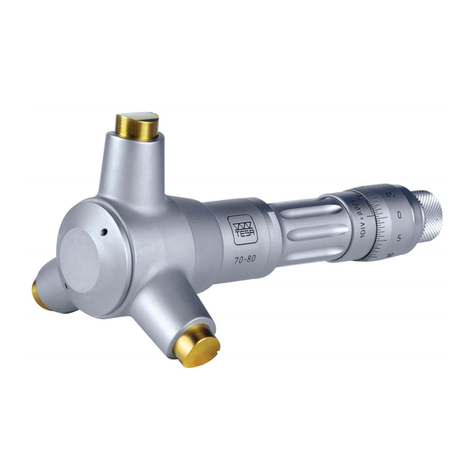
Hexagon
Hexagon TESA IMICRO User manual

Hexagon
Hexagon TESA ALESOMETRE User manual
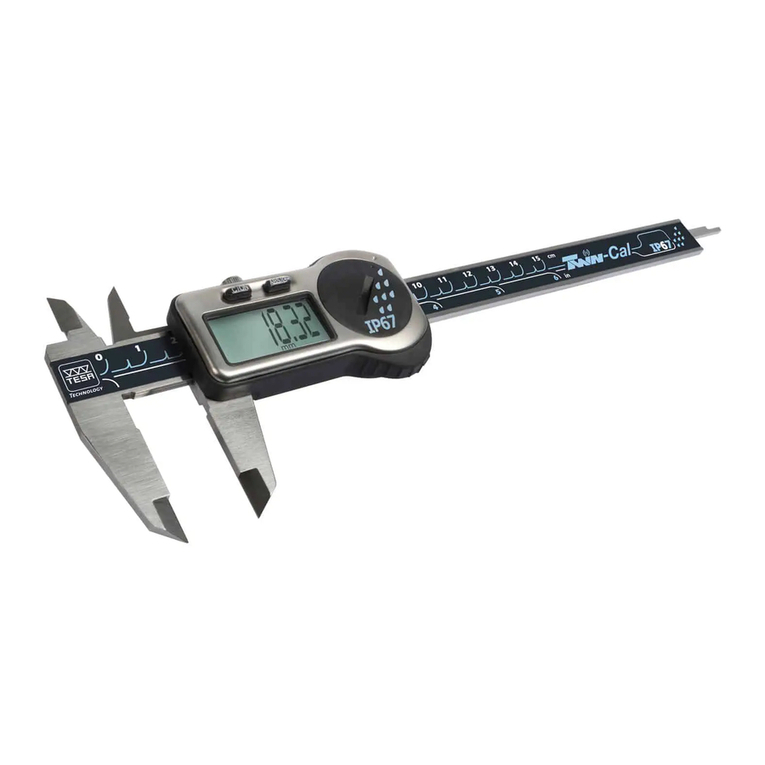
Hexagon
Hexagon TESA FMS Series User manual
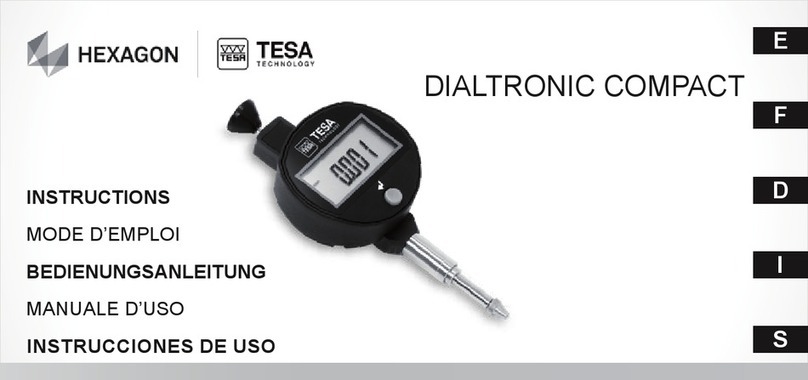
Hexagon
Hexagon TESA Compact Series User manual

Hexagon
Hexagon TESA RUGOSURF 10G User manual

Hexagon
Hexagon Aptiv ESR 2.5 User manual
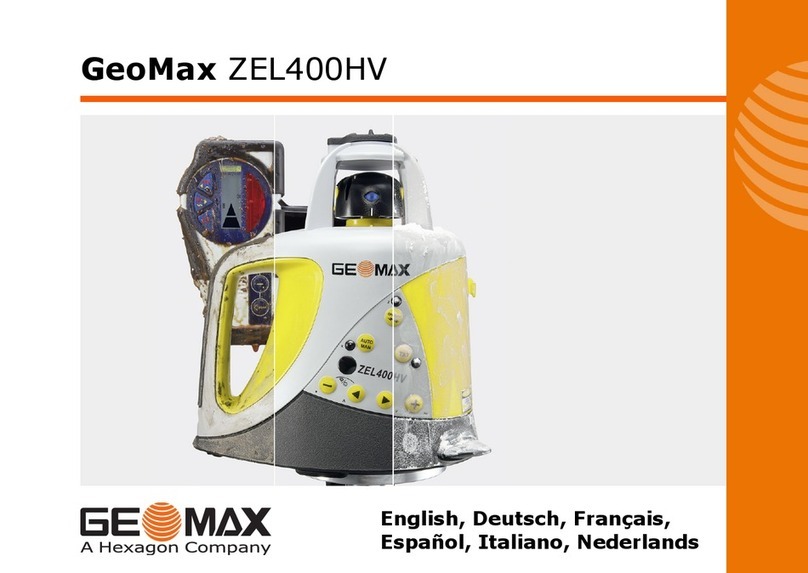
Hexagon
Hexagon GeoMax ZEL400HV User manual
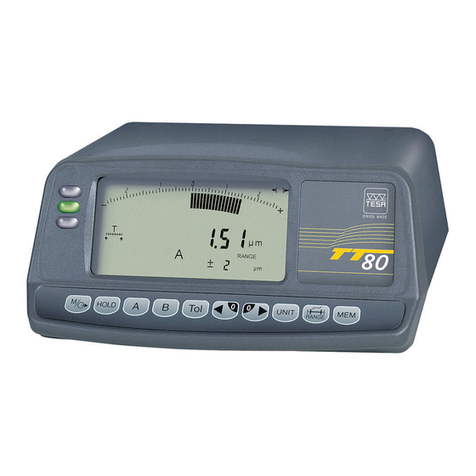
Hexagon
Hexagon TT80 User manual
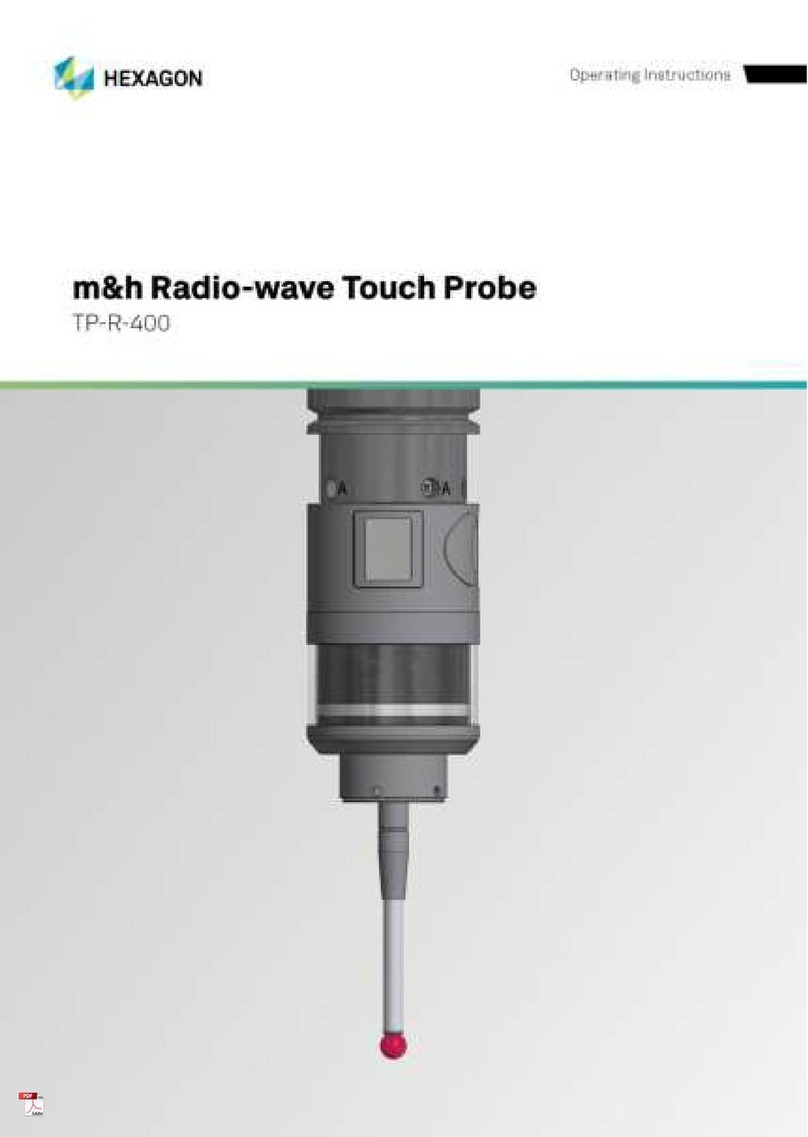
Hexagon
Hexagon TP-R-400 User manual
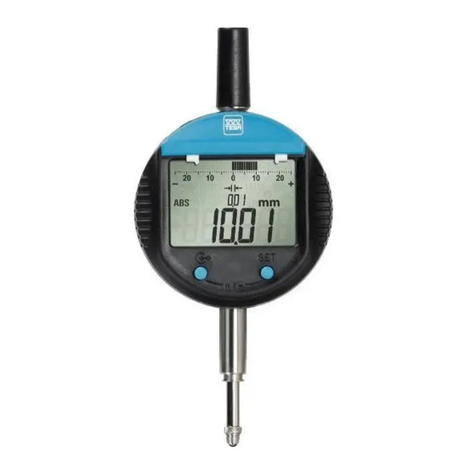
Hexagon
Hexagon DIGICO 200 User manual
